The word Mysuru is a corrupted version of “mysooru“, which is derived from the word “mahishur” or “Mahishasurana Ooru“, which means the town of Mahishasura in Kannada, the local language. Mysuru has been associated with the Puranic story found in the Devi Bhagavatha. According to the story in the Devi Purana, Mysuru was ruled by the demon King Mahishasura who was a buffalo-headed monster. In response to the prayer by the Gods and Goddesses to save them from the demon, Goddess Parvathi, took birth as Chamundeshwari and killed the monster on top of the Chamundi hill near Mysuru. Hence the hill and the city have the names Chamundi Hill and Mysuru respectively.
There is an inscription in Mysuru by the Hoysalas that dates back to the 11th and 12th century. The Mysuru was ruled by Gangas, Chalukyas, Cholas and Hoysalas. After the Hoysalas came, the Vijayanagar Kings and then the Mysuru Yadu dynasty came to power in 1399A.D. They were the feudatories of the Vijayanagar Kings. This dynasty also contributed to temple building in Mysuru. Bettada Chamaraja Wadiyar, the raja of Mysuru rebuilt the fort of Mysuru and made his headquarters and called the city ‘Mahishura Nagara‘ meaning the city of Mahishur. Many inscriptions done in the 17th century and later refer to Mysuru as ‘Mahishuru‘.
During the reign of Krishnaraja Wadiyar III the town of Mysuru expanded and moved beyond the walls of the fort. Krishnaraja Wadiyar IV developed Mysuru into a beautiful city with excellent planning. Under his reign Mysuru became famous for its wide roads, magnificent building and elegant parks. Today Mysuru is a modern city that has managed to retain its quaint old world charm. Today Mysuru in famous in the world for its sandalwood and rosewood artifacts, stone sculptures, incense sticks, inlay work with ivory and its exquisite silk sarees.

Karnataka has a rich tradition of folk arts and folklore. Different branches of folk art like singing, drama, dance and puppet shows are popular in the rural parts of Karnataka. On different festivals and especially during Dasara these artistes visit the city of Mysuru and perform. In the olden days they performed before the King, today they perform on the streets of Mysuru or in specially designated areas during Dasara. Presentation of Folk Art by popular folk groups of the state has become an established and regular part of the Dasara celebrations.
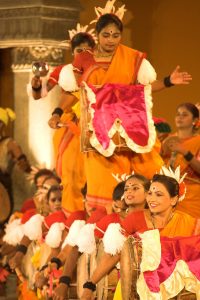
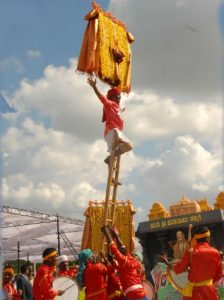
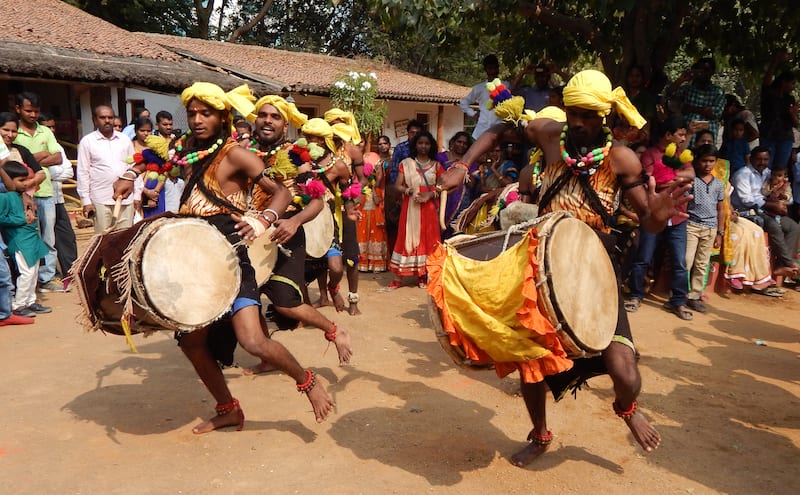
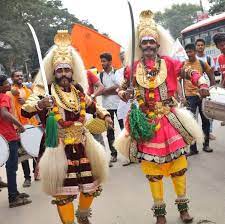

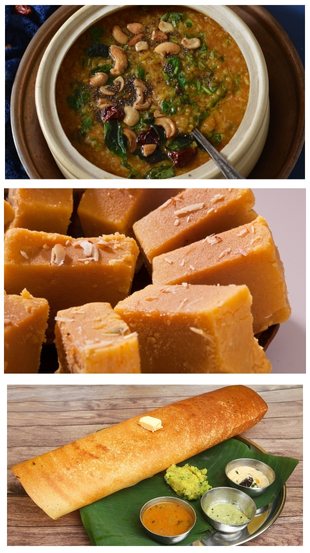
Mysuru, located in South India, is known for its rice-based cuisine, which goes beyond the famous dosa and idli. While these dishes are staples, the variety of dosas, idlis, and accompanying chutneys is surprising. Traditional Mysuru breakfasts are simple, wholesome, and delicious, typically featuring rice-based items served with chutney.
